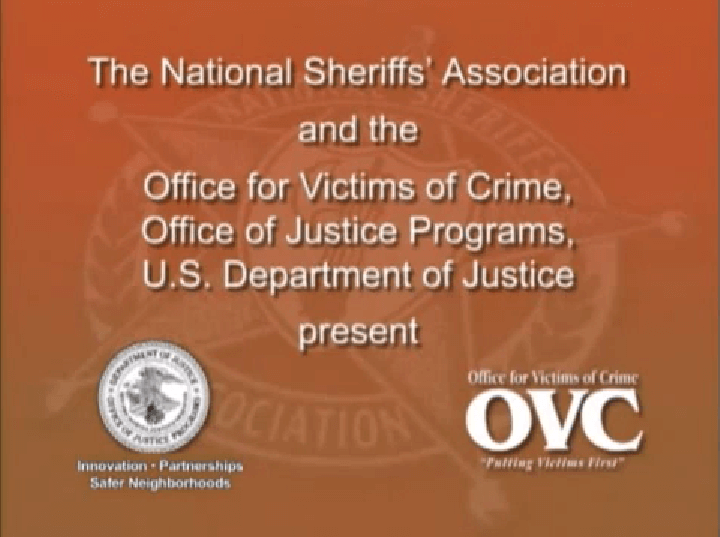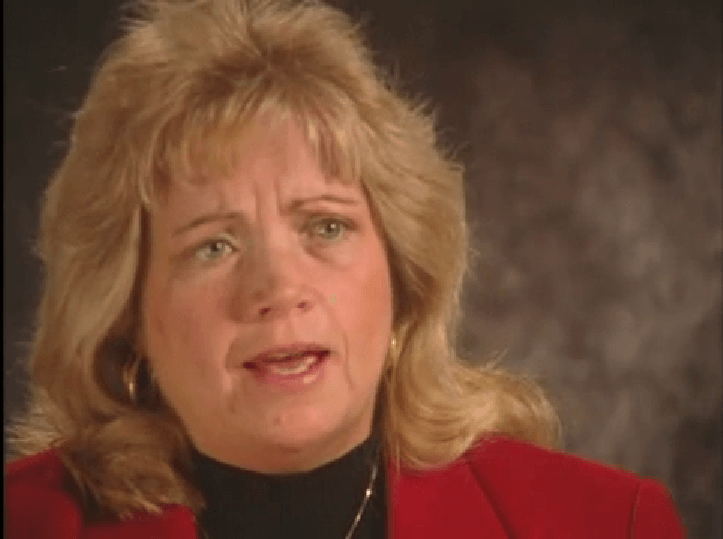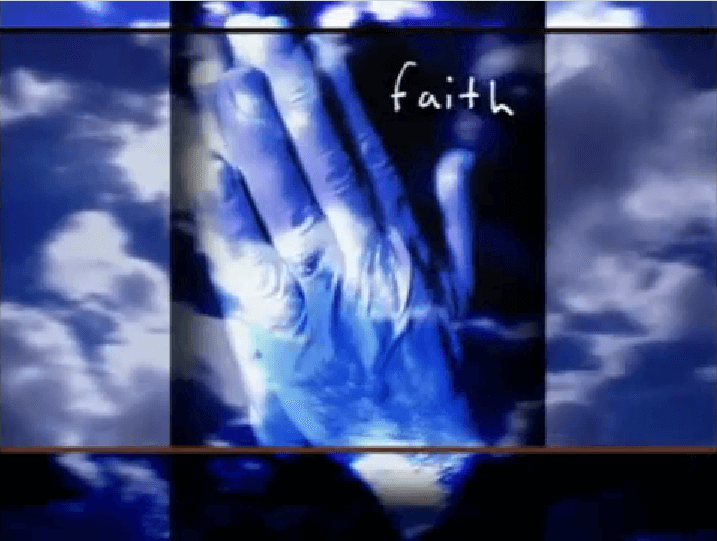
Free movies and video training for the safety of children and families.
Free video training to help prevent crimes against children
![]()
Education Together With Accountability is the Key to Help Stop Child Abuse
The fact children are adversely impacted by domestic violence is now well documented and intellectually understood. Yet, attorney and court practices in some jurisdictions throughout the United States continue to reflect the out-dated notion that if the children have not been physically battered, evidence of domestic violence will be of little importance in issuing orders and agreements.
Tragically, such denial places both the abused parent and children at greater risk for further harm, and all but ensures that the abuser will have further involvement with the criminal justice system. We offer ten practical recommendations for improving our interventions in domestic violence legal matters regarding children.
How Domestic Violence impacts victims
Domestic violence impacts the clients of most advocates, probation officers and attorneys, but family and criminal law practitioners, in particular, are positioned to dramatically improve victim (child and adult) safety and offender accountability if they have learned how to intervene effectively. We must improve practices to change the current truth that it is a toss of the dice whether abuse victims and their children can access a lawyer or court that take their safety seriously. It is this chilling reality that informs the challenge to judges, lawyers and other professionals to move beyond dialogue to action, beyond victim-blaming to offender accountability. Promising practices exist and will be highlighted, evidencing the many lawyers, judges and courts embracing the notion that justice is best served when all parties are safe. We must protect the children and those attempting to protect them.
I cannot thank you enough,
Patricia L. Hope Kirby
Executive Director
Hope For Children Foundation
Hope For Children











